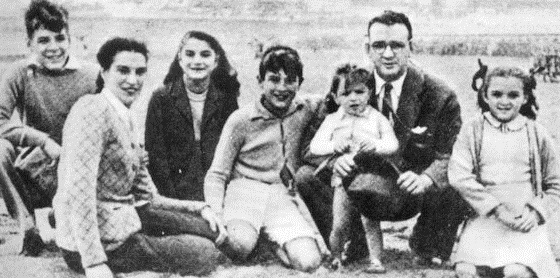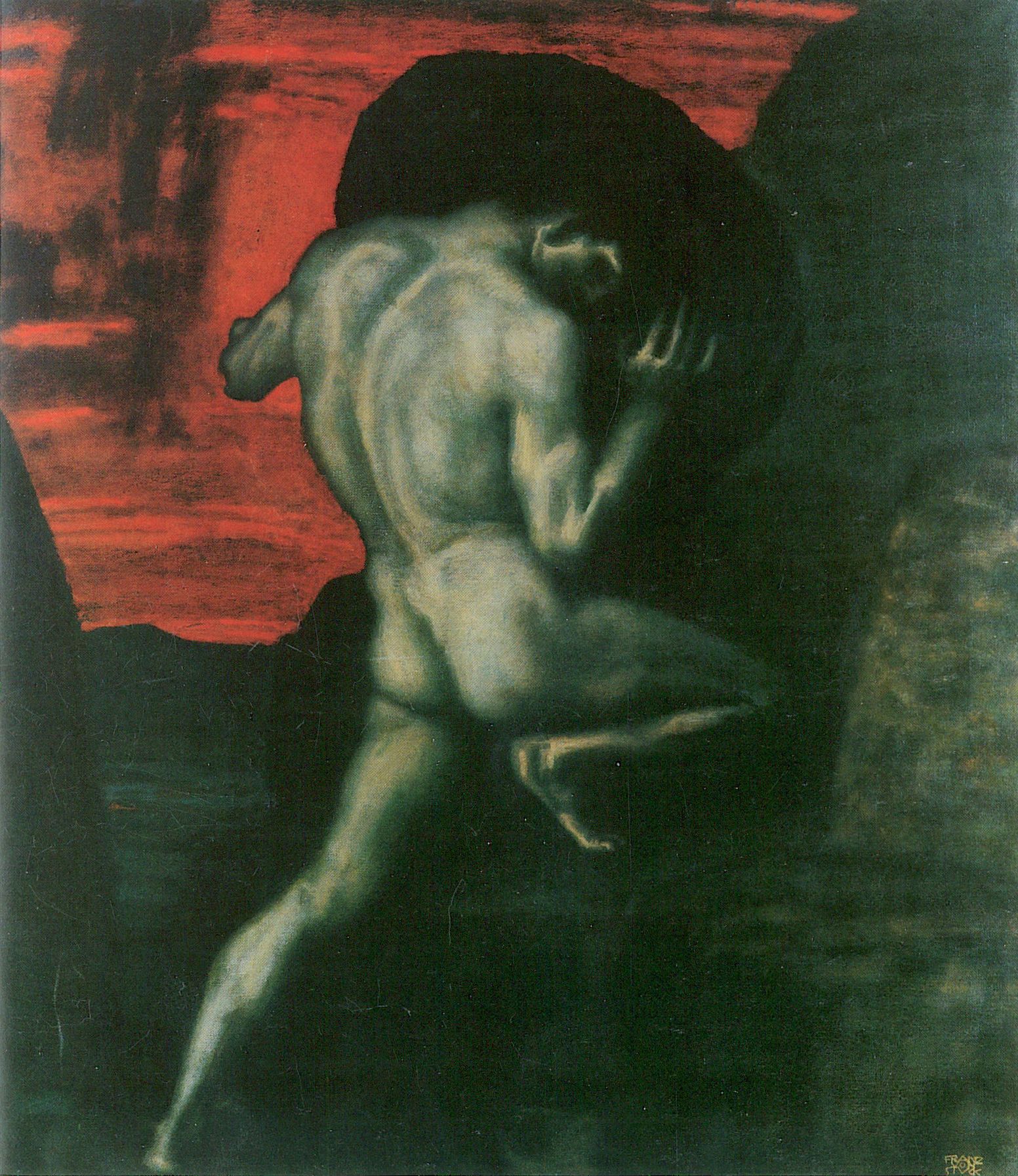|
Che Guevara (photo)
''Guerrillero Heroico'' (, ) is a photograph of Argentine revolutionary Che Guevara taken by Alberto Korda. It was captured on 5 March 1960, in Havana, Cuba, at a memorial service for victims of the La Coubre explosion, ''La Coubre'' explosion. By the end of the 1960s, the image, in conjunction with Guevara's subsequent actions and eventual execution, helped solidify the leader as a cultural icon.Communists, Capitalists still buy into Iconic Che Photo, Author says by Brian Byrnes, ''CNN'', 5 May 2009 Korda has said that at the moment he shot the picture, he was drawn to Guevara's facial expression, which showed "absolute implacability" as well as anger and pain.''Che Guevara: Revolutionary & Icon'', by Trisha Ziff, Abrams Image, 2006, ... [...More Info...] [...Related Items...] OR: [Wikipedia] [Google] [Baidu] |
Che Guevara
Ernesto "Che" Guevara (14th May 1928 – 9 October 1967) was an Argentines, Argentine Communist revolution, Marxist revolutionary, physician, author, Guerrilla warfare, guerrilla leader, diplomat, and Military theory, military theorist. A major figure of the Cuban Revolution, his stylized visage has become a ubiquitous Counterculture of the 1960s, countercultural symbol of rebellion and global insignia Che Guevara in popular culture, in popular culture. As a young medical student, Guevara travelled throughout South America and was appalled by the poverty, hunger, and disease he witnessed.On Revolutionary Medicine Speech by Che Guevara to the Cuban Militia on 19 August 1960. "Because of the circumstances in which I traveled, first as a student and later as a doctor, I came into close contact with poverty, hunger a ... [...More Info...] [...Related Items...] OR: [Wikipedia] [Google] [Baidu] |
Havana Harbor
Havana Harbor is the port of Havana, the capital of Cuba, and it is the main port in Cuba. Other port cities in Cuba include Cienfuegos, Matanzas, Manzanillo, Cuba, Manzanillo, and Santiago de Cuba. The harbor was created from the natural Havana Bay. It is entered through a narrow inlet and divides into three main harbors: Marimelena, Guasabacoa, and Atarés. History It was fortified by the Spaniards in the sixteenth century who in 1553 transferred the governor's residence to Havana from Santiago de Cuba on the eastern end of the island, thus making Havana the de facto capital. The importance of these fortifications was early recognized as English, French, and Dutch sea marauders attacked the city in the 16th century. Later fortifications included the Fortaleza de San Carlos de la Cabaña, known as La Cabaña or Fort of Saint Charles, built in the 18th-century on the elevated eastern side of the harbor entrance as the largest fortress complex in the Americas. The fort rises abo ... [...More Info...] [...Related Items...] OR: [Wikipedia] [Google] [Baidu] |
Pablo Neruda
Pablo Neruda ( ; ; born Ricardo Eliécer Neftalí Reyes Basoalto; 12 July 190423 September 1973) was a Chilean poet-diplomat and politician who won the 1971 Nobel Prize in Literature. Neruda became known as a poet when he was 13 years old and wrote in a variety of styles, including surrealist poems, historical epics, political manifestos, a prose autobiography, and passionate love poems such as the ones in his collection '' Twenty Love Poems and a Song of Despair'' (1924). Neruda occupied many diplomatic positions in various countries during his lifetime and served a term as a senator for the Chilean Communist Party. When President Gabriel González Videla outlawed communism in Chile in 1948, a warrant was issued for Neruda's arrest. Friends hid him for months, and in 1949, he escaped through a mountain pass near Maihue Lake into Argentina; he would not return to Chile for more than three years. He was a close advisor to Chile's socialist president Salvador Allende, a ... [...More Info...] [...Related Items...] OR: [Wikipedia] [Google] [Baidu] |
Jorge Masetti
Jorge José Ricardo Masetti Blanco (born 31 May 1929; disappeared 21 April 1964), also known as "Commander Segundo", was an Argentinean journalist and guerrilla leader. Born in Avellaneda, Masetti entered the jungle at Salta and after 21 April 1964 was not heard from again. He was the founder and the first director of the Cuban news agency Prensa Latina, and became the leader of one of Argentina's first guerrilla organizations, the Guevarist People's Guerrilla Army. Reporting in Cuba Jorge Josè Ricardo Masetti Blanco was born in Avellaneda, a city located in the industrial belt formed around the city of Buenos Aires. He was born into a family descended from immigrants who came from the city of Bologna in Italy. In the mid-1940s, he was an active member of the Nationalist Liberation Alliance, an extreme right-wing organization, together with Rodolfo Walsh and Rogelio García Lupo. During the Cuban Revolution he was the only Argentine reporter on the scene in the Sierra Ma ... [...More Info...] [...Related Items...] OR: [Wikipedia] [Google] [Baidu] |
Simone De Beauvoir
Simone Lucie Ernestine Marie Bertrand de Beauvoir (, ; ; 9 January 1908 – 14 April 1986) was a French existentialist philosopher, writer, social theorist, and feminist activist. Though she did not consider herself a philosopher, nor was she considered one at the time of her death, she had a significant influence on both feminist existentialism and feminist theory. Beauvoir wrote novels, essays, short stories, biographies, autobiographies, and monographs on philosophy, politics, and social issues. She was best known for her "trailblazing work in feminist philosophy", '' The Second Sex'' (1949), a detailed analysis of women's oppression and a foundational tract of contemporary feminism. She was also known for her novels, the most famous of which were '' She Came to Stay'' (1943) and '' The Mandarins'' (1954). Her most enduring contribution to literature are her memoirs, notably the first volume, ''Mémoires d'une jeune fille rangée'' (1958). She received the 1954 Prix Gonc ... [...More Info...] [...Related Items...] OR: [Wikipedia] [Google] [Baidu] |
Jean-Paul Sartre
Jean-Paul Charles Aymard Sartre (, ; ; 21 June 1905 – 15 April 1980) was a French philosopher, playwright, novelist, screenwriter, political activist, biographer, and literary criticism, literary critic, considered a leading figure in 20th-century French philosophy and Marxism. Sartre was one of the key figures in the philosophy of existentialism (and Phenomenology (philosophy), phenomenology). His work has influenced sociology, critical theory, post-colonial theory, and literary studies. He was awarded the 1964 Nobel Prize in Literature despite attempting to refuse it, saying that he always declined official honors and that "a writer should not allow himself to be turned into an institution." Sartre held an open relationship with prominent feminist and fellow existentialist philosopher Simone de Beauvoir. Together, Sartre and de Beauvoir challenged the culture, cultural and society, social assumptions and expectations of their upbringings, which they considered bourgeois, ... [...More Info...] [...Related Items...] OR: [Wikipedia] [Google] [Baidu] |
Existentialism
Existentialism is a family of philosophical views and inquiry that explore the human individual's struggle to lead an authentic life despite the apparent absurdity or incomprehensibility of existence. In examining meaning, purpose, and value, existentialist thought often includes concepts such as existential crises, angst, courage, and freedom. Existentialism is associated with several 19th- and 20th-century European philosophers who shared an emphasis on the human subject, despite often profound differences in thought. Among the 19th-century figures now associated with existentialism are philosophers Søren Kierkegaard and Friedrich Nietzsche, as well as novelist Fyodor Dostoevsky, all of whom critiqued rationalism and concerned themselves with the problem of meaning. The word ''existentialism'', however, was not coined until the mid 20th century, during which it became most associated with contemporaneous philosophers Jean-Paul Sartre, Martin Heidegger, Simone de Beau ... [...More Info...] [...Related Items...] OR: [Wikipedia] [Google] [Baidu] |
Beret
A beret ( , ; ; ; ) is a soft, round, flat-crowned cap made of hand-knitted wool, crocheted cotton, wool felt, or acrylic fibre. Mass production of berets began in the 19th century in Southern France and the north of History of Spain (1808–1874), Spain, specifically in the Basque Country (greater region), Basque Country, where they were already common headwear, and the beret remains associated with these countries. Berets are worn as part of the uniform of many military and police units worldwide, as well as by other organizations. History Archaeology and art history indicate that headwear similar to the modern beret has been worn since the Bronze Age across Northern Europe and as far south as ancient Crete and Italy, where it was worn by the Minoan civilization, Minoans, Etruscans and Ancient Rome, Romans. Such headgear has been popular among the nobility and artists across Europe throughout modern history. Dutch artist, Rembrandt, 15 July 1606 - 4 October 1669, was w ... [...More Info...] [...Related Items...] OR: [Wikipedia] [Google] [Baidu] |
Jacket
A jacket is a garment for the upper body, usually extending below the hips. A jacket typically has sleeves and fastens in the front or slightly on the side. Jackets without sleeves are vests. A jacket is generally lighter, tighter-fitting, and less insulating than a coat, but both are outerwear. Some jackets are fashionable, while some others serve as protective clothing. Etymology The word ''jacket'' comes from the French word ''jaquette''. The term comes from the Middle French noun ''jaquet'', which refers to a small or lightweight tunic. In Modern French, ''jaquette'' is synonymous with ''jacket''. Speakers of American English sometimes informally use the words ''jacket'' and ''coat'' interchangeably. The word is cognate with Spanish ''jaco'' and Italian ''giacca'' or ''giacchetta'', first recorded around 1350s. It is ultimately loaned from Arabic ''shakk (شكّ)'', which in turn loaned from Aramaic and Hebrew ''shaḳḳ (שַׁקּ)''. List of jackets * Heated ... [...More Info...] [...Related Items...] OR: [Wikipedia] [Google] [Baidu] |
The Times
''The Times'' is a British Newspaper#Daily, daily Newspaper#National, national newspaper based in London. It began in 1785 under the title ''The Daily Universal Register'', adopting its modern name on 1 January 1788. ''The Times'' and its sister paper ''The Sunday Times'' (founded in 1821), are published by Times Media, since 1981 a subsidiary of News UK, in turn wholly owned by News Corp. ''The Times'' and ''The Sunday Times'' were founded independently and have had common ownership only since 1966. It is considered a newspaper of record in the UK. ''The Times'' was the first newspaper to bear that name, inspiring numerous other papers around the world. In countries where these other titles are popular, the newspaper is often referred to as or , although the newspaper is of national scope and distribution. ''The Times'' had an average daily circulation of 365,880 in March 2020; in the same period, ''The Sunday Times'' had an average weekly circulation of 647,622. The two ... [...More Info...] [...Related Items...] OR: [Wikipedia] [Google] [Baidu] |
Malecón, Havana
The Malecón (officially Avenida de Antonio Maceo Grajales, Maceo) is a broad esplanade, roadway, and seawall that stretches for 8 km (5 miles) along the coast in Havana, Cuba, from the mouth of Havana Harbor in Old Havana, along the north side of the Centro Habana neighborhood and the Vedado neighborhood, ending at the mouth of the Almendares River, Almendares . It was built to protect Havana from the sea, in particular the 'frentes frios' that whipped up the waves against the facades of the buildings on San Lazaro. History Construction of the Malecón began in 1901, during United States Military Government in Cuba, temporary U.S. military rule."", Tania Díaz Castro, 26 March 2010, ''Primavera Digital'' The main purpose of building the Malecón was to protect Havana from the sea. To celebrate the construction of the first 500m section of the Malecón, the American government built a roundabout at the intersection of Paseo del Prado. According to architects of the period ... [...More Info...] [...Related Items...] OR: [Wikipedia] [Google] [Baidu] |








